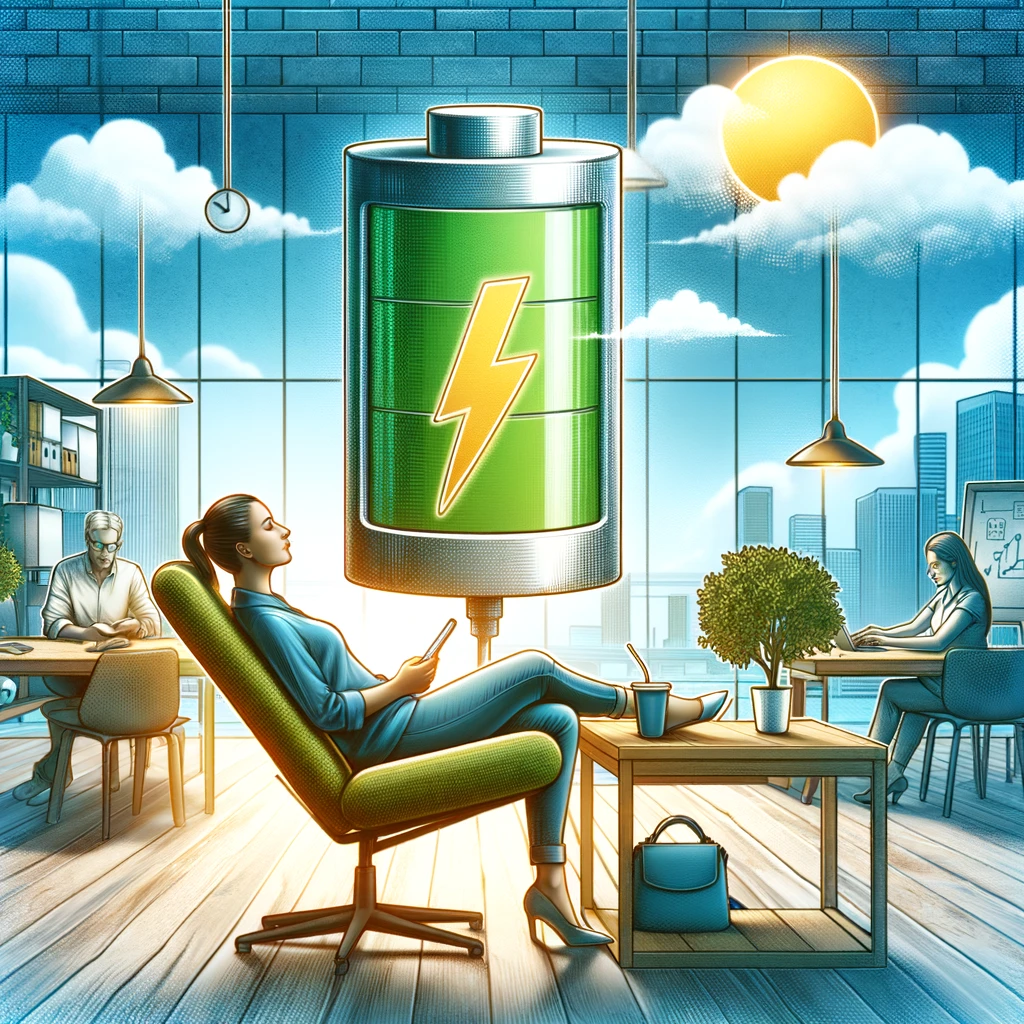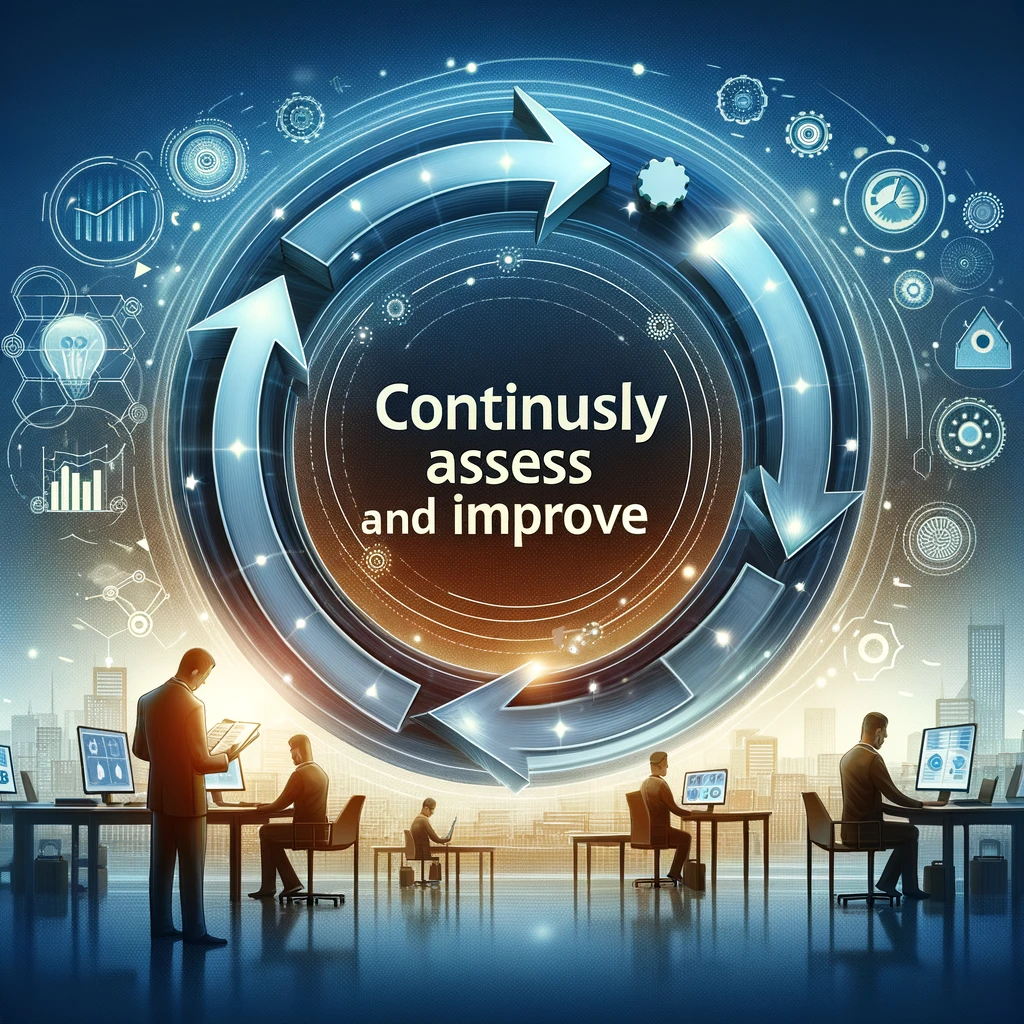In today’s fast-paced work environment, maximizing efficiency isn’t just a goal—it’s a necessity. Achieving higher levels of productivity can lead to improved outcomes, increased job satisfaction, and better work-life balance. This blog post explores practical strategies to enhance efficiency in the workplace, enabling you and your team to work smarter, not harder.
“Efficiency is doing better what is already being done.” – Peter Drucker
Understanding Efficiency: Efficiency in the workplace means accomplishing tasks in the most effective way possible, with minimal waste of time and resources. It involves streamlining processes, optimizing workflows, and leveraging technology to achieve better results in less time.
1. Set Clear Goals and Priorities: Begin by setting clear, achievable goals. Understand what needs to be accomplished and prioritize tasks based on their urgency and importance. Utilizing tools like the Eisenhower Box can help differentiate between tasks that require immediate attention and those that can be scheduled for later.
2. Streamline Communication: Effective communication is crucial for efficiency. Adopt communication tools and platforms that facilitate easy and clear exchanges of information. Encourage open dialogue, regular team meetings, and the use of collaborative software to keep everyone on the same page.

3. Embrace Technology and Automation: Leverage technology to automate repetitive tasks. From email filtering and scheduling tools to project management software, there are numerous applications designed to save time and reduce manual effort. Identify tasks that can be automated and invest in the right tools to do so.
4. Encourage Breaks and Downtime: Contrary to the push for constant productivity, regular breaks can significantly enhance work efficiency. Short, scheduled breaks allow for mental rest, reducing the risk of burnout and increasing focus. Encourage a culture where taking breaks is not just accepted but encouraged.
5. Foster a Positive Work Environment: A positive and supportive work environment can boost morale and, in turn, productivity. Recognize achievements, provide constructive feedback, and create a workspace that encourages creativity and collaboration.
6. Optimize the Workspace: The physical and digital work environment plays a significant role in efficiency. Organize workspaces to minimize clutter, ensure easy access to necessary tools and documents, and create a system for managing digital files effectively.

7. Continuously Assess and Improve: Efficiency is an ongoing process. Regularly review workflows, processes, and outcomes to identify areas for improvement. Encourage feedback from team members on what works and what doesn’t, and be open to making changes to enhance productivity.
Conclusion: Maximizing efficiency in the workplace requires a multifaceted approach that combines clear goal setting, effective communication, technology adoption, and a supportive work environment. By implementing these strategies, you can improve productivity, foster a positive workplace culture, and achieve better balance, leading to greater success for both individuals and organizations.
Call to Action: What strategies have you found effective in maximizing workplace efficiency? Share your experiences and tips in the comments below to foster a discussion on building more productive work environments.

Leave a comment